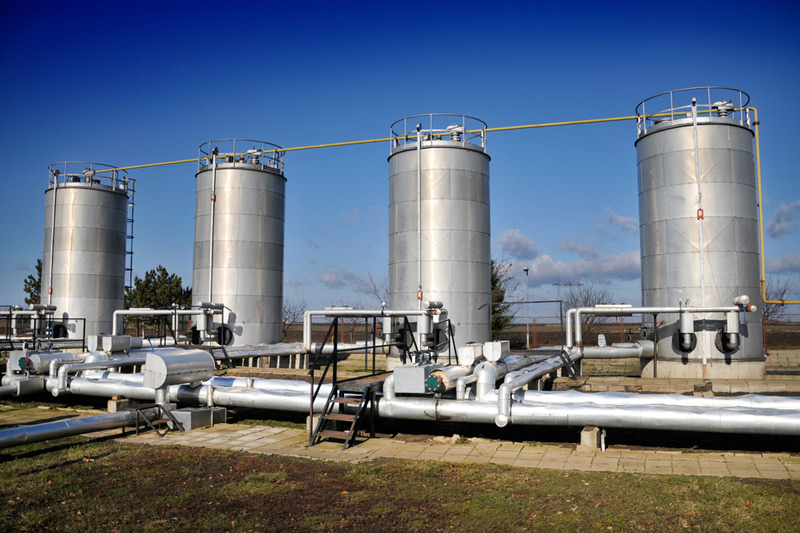Investing.com - Natural gas futures rose on Friday after updated weather forecasting models called for a blast of bitter cold temperatures to pummel the northern U.S., though uncertainty as to how long the cold snap may last as well as how far south it dips capped gains.
On the New York Mercantile Exchange, natural gas futures for delivery in March traded at $6.094 per million British thermal units during U.S. trading, up 0.49%. The commodity hit session high of $6.303 and a low of $5.885.
The March contract settled down 1.38% on Thursday to end at $6.064 per million British thermal units.
Natural gas futures were likely to find support at $5.372 per million British thermal units, Monday's low, and resistance at $6.378, Thursday's high.
A powerful blast of cold air is expected to shoot across the northern U.S. states on Tuesday through Thursday, Natgasweather.com reported, which will increase demand for natural gas as businesses and homes crank up the heat.
Still, uncertainty as to how long the system may stick around as well as how far south it dips capped the commodity's gains, even sending it into negative territory at times.
A lackluster weekly inventory report released Thursday capped gains as well.
The U.S. Energy Information Administration said in its weekly report that natural gas storage in the U.S. in the week ended February 14 fell by 250 billion cubic feet, compared to expectations for a decline of 251 billion cubic feet.
The number sparked profit taking, especially among investors speculating for a more bullish stockpile report.
Natural gas supplies fell by 127 billion cubic feet in the same week a year earlier.
Total U.S. natural gas storage stood at 1.443 trillion cubic feet. Stocks were 975 billion cubic feet less than last year at this time and 741 billion cubic feet below the five-year average of 2.184 trillion cubic feet for this time of year.
The report showed that in the East Region, stocks were 364 billion cubic feet below the five-year average, following net withdrawals of 129 billion cubic feet.
Stocks in the Producing Region were 277 billion cubic feet below the five-year average of 806 billion cubic feet after a net withdrawal of 91 billion cubic feet.
Stockpiles of the fuel are likely to finish below 1 trillion cubic feet by the last week of March, the formal end of the winter heating season, for the first time since 2003.
Natural gas inventories have fallen sharply since November as frigid temperatures and heavy winter snow in the U.S. led households to demand a higher than normal amount of the fuel in furnaces to heat their homes.
The heating season from November through March is the peak demand period for U.S. gas consumption. Approximately 52% of U.S. households use natural gas for heating, according to the Energy Department.
Elsewhere on the NYMEX, light sweet crude oil futures for delivery in April were down 0.39% and trading at $102.35 a barrel, while heating oil for March delivery were down 2.07% and trading at $3.1120 per gallon.
